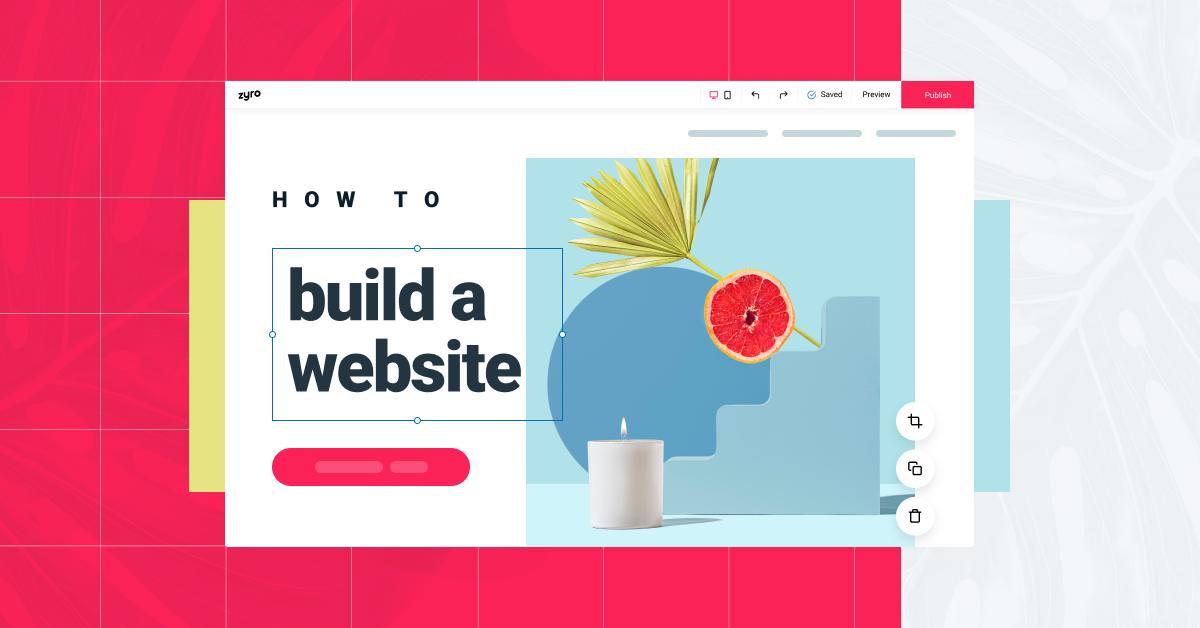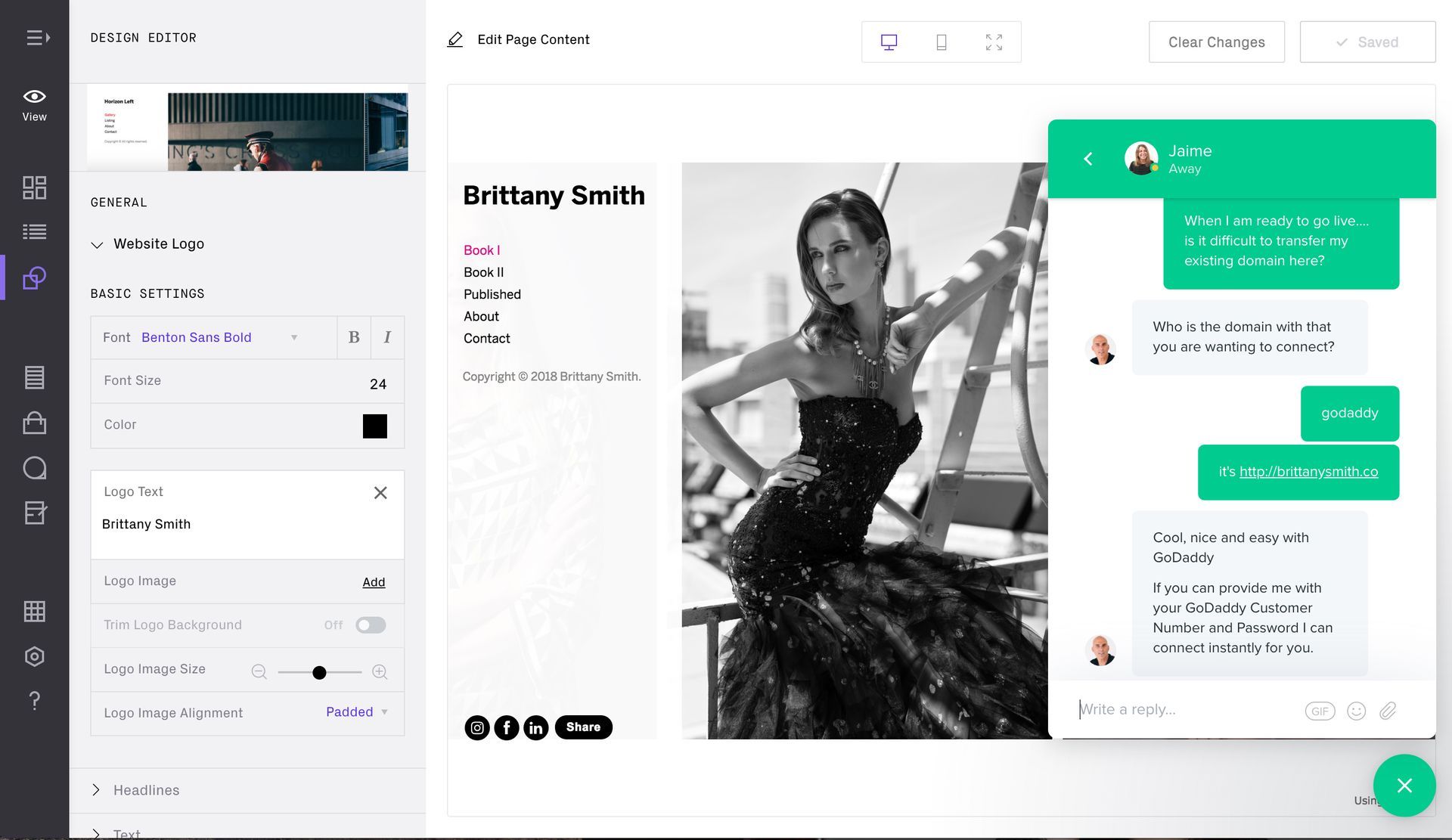5 Minute Read
Web Development Paradigms
The approaches and Models
Web development paradigms are approaches or models that dictate how web applications are structured, built, and deployed. These paradigms have evolved over time, responding to the changing needs of the industry and advancements in technology.
In this guide, we will explore various web development paradigms, their definitions, advantages, and challenges web developers may face.
Are you ready?

Table of Contents
- Overview of Web Development Paradigms
- Client-Side Rendering (CSR)
- Server-Side Rendering (SSR)
- Single Page Applications (SPA)
- Progressive Web Applications (PWAs)
- Microservices Architecture
- Jamstack Architecture
- Event-Driven Architecture
- Full-Stack Development
- Headless CMS
- Conclusion
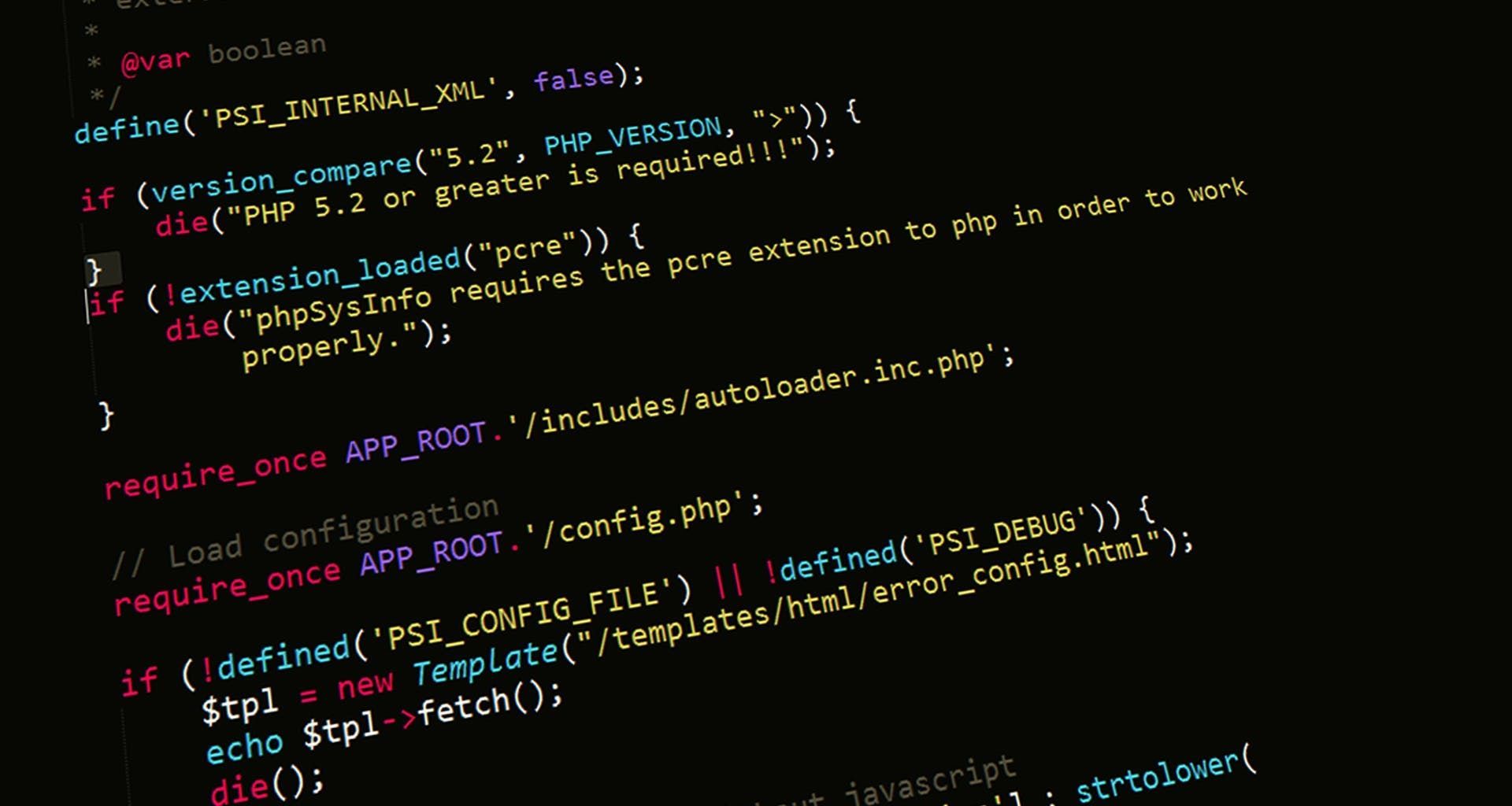
Overview of Web Development Paradigms
Web development paradigms encompass a wide spectrum of architectural styles and approaches that developers adopt and implement in order to meticulously design and skillfully construct web applications. These paradigms play an instrumental role in shaping decisions pertaining to the intricate client-server interaction, efficient data management, and the comprehensive application architecture.
Consequently, possessing a comprehensive understanding of these paradigms is absolutely imperative for developers as it empowers them to judiciously select the most apt and fitting approach that seamlessly aligns with the unique requirements of each individual project.

Client-Side Rendering (CSR)
Definition:
Client-Side Rendering (CSR) involves rendering web pages on the client's browser using JavaScript. In this paradigm, the server primarily sends raw data, and the client is responsible for rendering the content.
Advantages
- Improved Interactivity: Since rendering happens on the client side, users experience faster page loads and increased interactivity.
- Reduced Server Load: The server is relieved of rendering duties, focusing solely on data processing.
Challenges
- SEO Challenges: Search Engine Optimization (SEO) can be challenging as search engines might struggle with indexing content rendered dynamically.
- Initial Load Time: The initial load time might be slower as the client needs to download and execute JavaScript code.

Server-Side Rendering (SSR)
Definition:
Server-Side Rendering (SSR) involves generating the HTML on the server and sending fully rendered pages to the client. The client receives a complete web page rather than just data.
Advantages
- Improved SEO: Search engines can easily index content as pages are fully rendered on the server.
- Faster Initial Load: Users experience faster initial load times as the server sends fully rendered pages.
Challenges
- Reduced Interactivity: Subsequent interactions may be slower as the server needs to process and send new HTML for each request.
- Higher Server Load: The server is responsible for rendering, which can increase the server load, especially in scenarios with many users.

Single Page Applications (SPA)
Definition:
Single Page Applications (SPA) load a single HTML page and dynamically update the content as the user interacts with the application. SPAs often use client-side rendering.
Advantages
- Fluid User Experience: SPAs provide a seamless and fluid user experience by updating content dynamically without full page reloads.
- Better Performance: As only data is transmitted after the initial load, subsequent interactions are faster.
Challenges
- SEO Challenges: Similar to CSR, SPAs may face SEO challenges due to dynamic content rendering.
- Initial Load Time: The initial load time might be longer as the client needs to download the entire application, including JavaScript frameworks.

Progressive Web Applications (PWAs)
Definition:
Progressive Web Applications (PWAs) are web applications that use modern web capabilities to deliver an app-like experience to users. PWAs are designed to work on any device and provide features like offline access and push notifications.
Advantages
- Offline Functionality: PWAs can function even when the user is offline, improving accessibility.
- App-Like Experience: Users experience a native app feel with features like push notifications and home screen access.
Challenges
- Limited Browser Support: Some advanced features may have limited support across different browsers.
- Development Complexity: Implementing PWA features can add complexity to the development process.
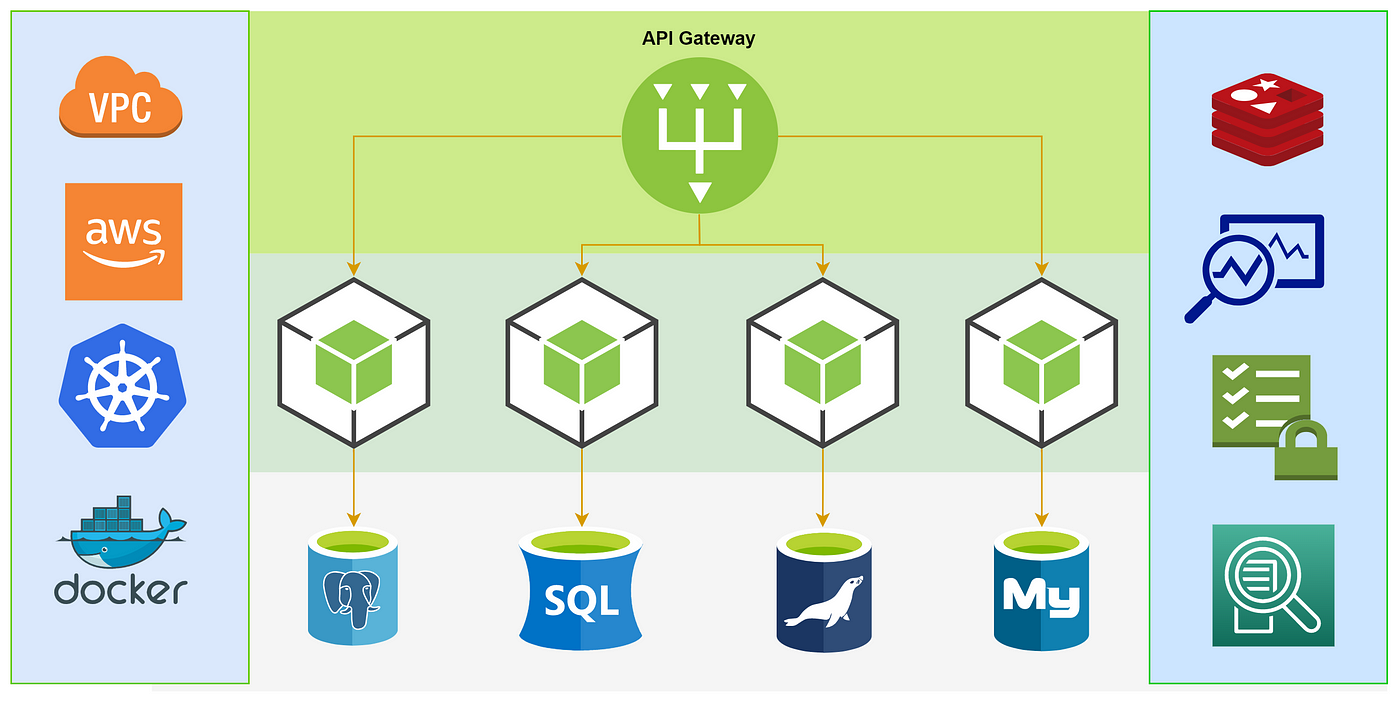
Microservices Architecture
Definition:
Microservices Architecture involves breaking down a monolithic application into smaller, independently deployable services. Each service is responsible for specific business functionalities.
Advantages
- Scalability: Microservices can be individually scaled based on demand.
- Independent Deployment: Each microservice can be developed, tested, and deployed independently.
Challenges
- Increased Complexity: Managing and coordinating multiple microservices can introduce complexity in terms of communication and data consistency.
- Latency: Inter-service communication can introduce latency compared to in-process communication in a monolithic architecture.
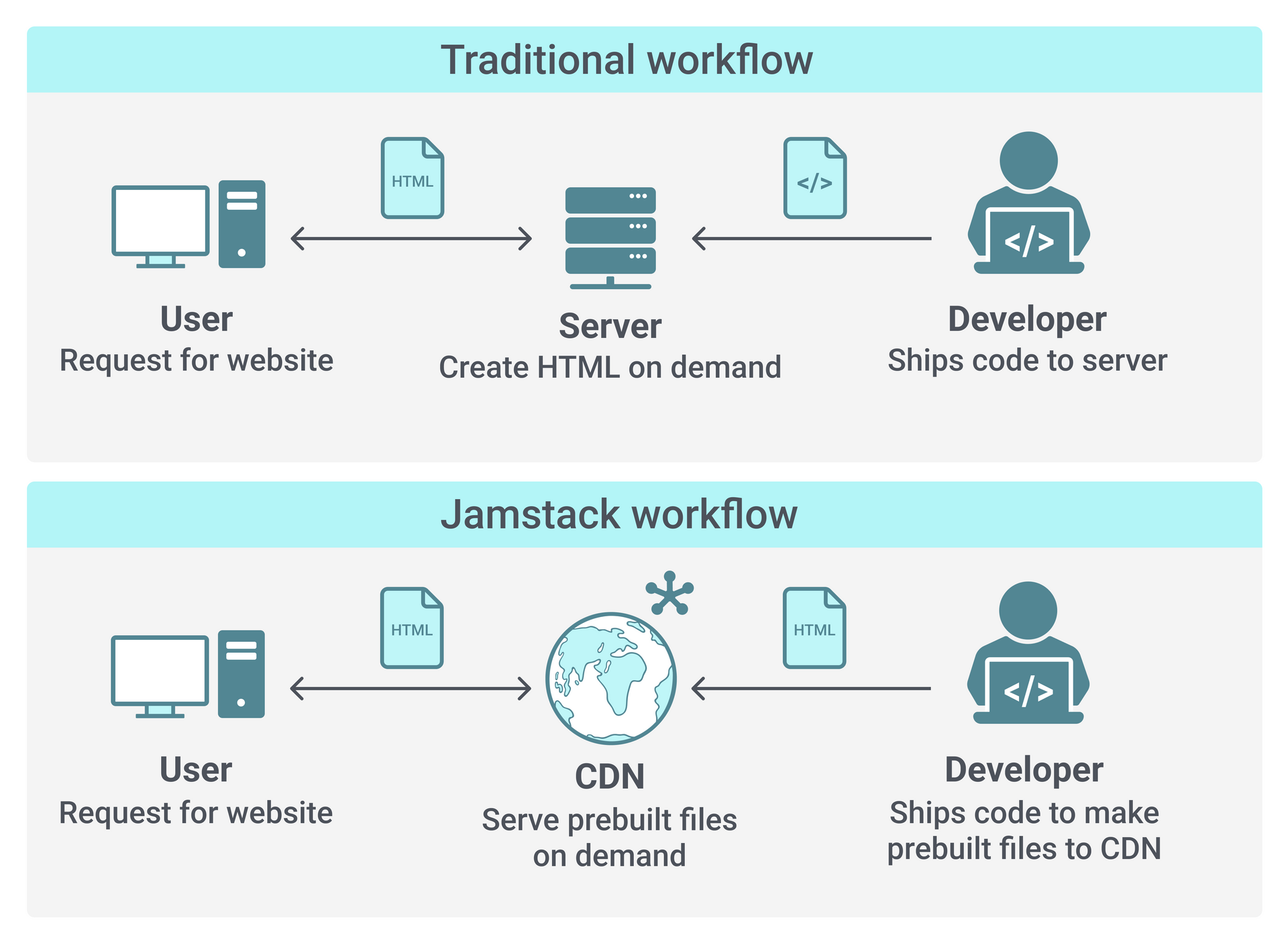
Jamstack Architecture
Definition:
Jamstack Architecture is an architecture for building web applications that emphasizes decoupling the frontend from the backend. It stands for JavaScript, APIs, and Markup.
Advantages
- Improved Performance: Pre-rendering content and serving it via Content Delivery Networks (CDNs) enhances performance.
- Security: Reduced attack surface for security purposes as the server-side is abstracted away, making it harder for malicious attacks.
Challenges
- Dynamic Content Handling: Jamstack can face challenges when handling highly dynamic content that requires real-time updates.
- Learning Curve: Adopting new tools and workflows associated with Jamstack may have a learning curve for development teams.
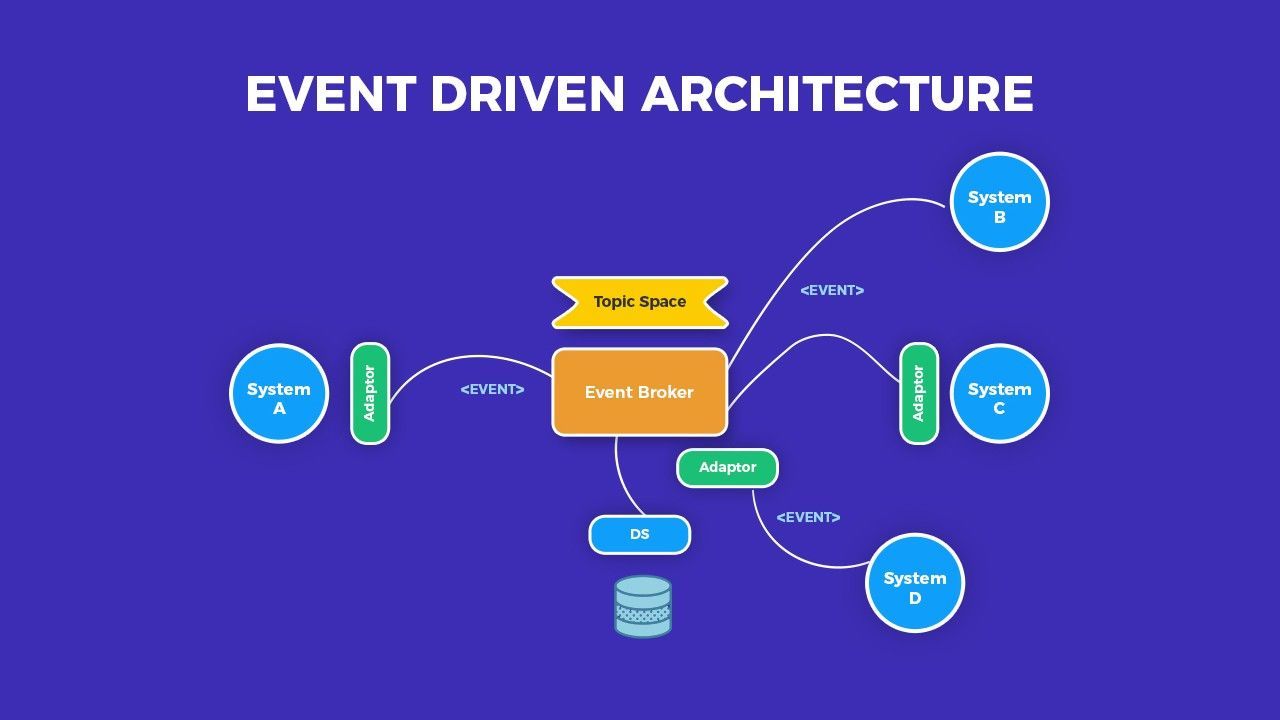
Event-Driven Architecture
Definition:
Event-Driven Architecture is an approach where the flow of the application is determined by events such as user actions, sensor outputs, or messages from other programs or services.
Advantages
- Loose Coupling: Components are loosely coupled, allowing for better scalability and maintainability.
- Real-Time Responsiveness: Event-driven systems can respond to events in real-time, enhancing responsiveness.
Challenges
- Complexity: Designing and managing event-driven systems can be complex, especially in large-scale applications.
- Consistency: Ensuring consistency across distributed systems can be challenging.
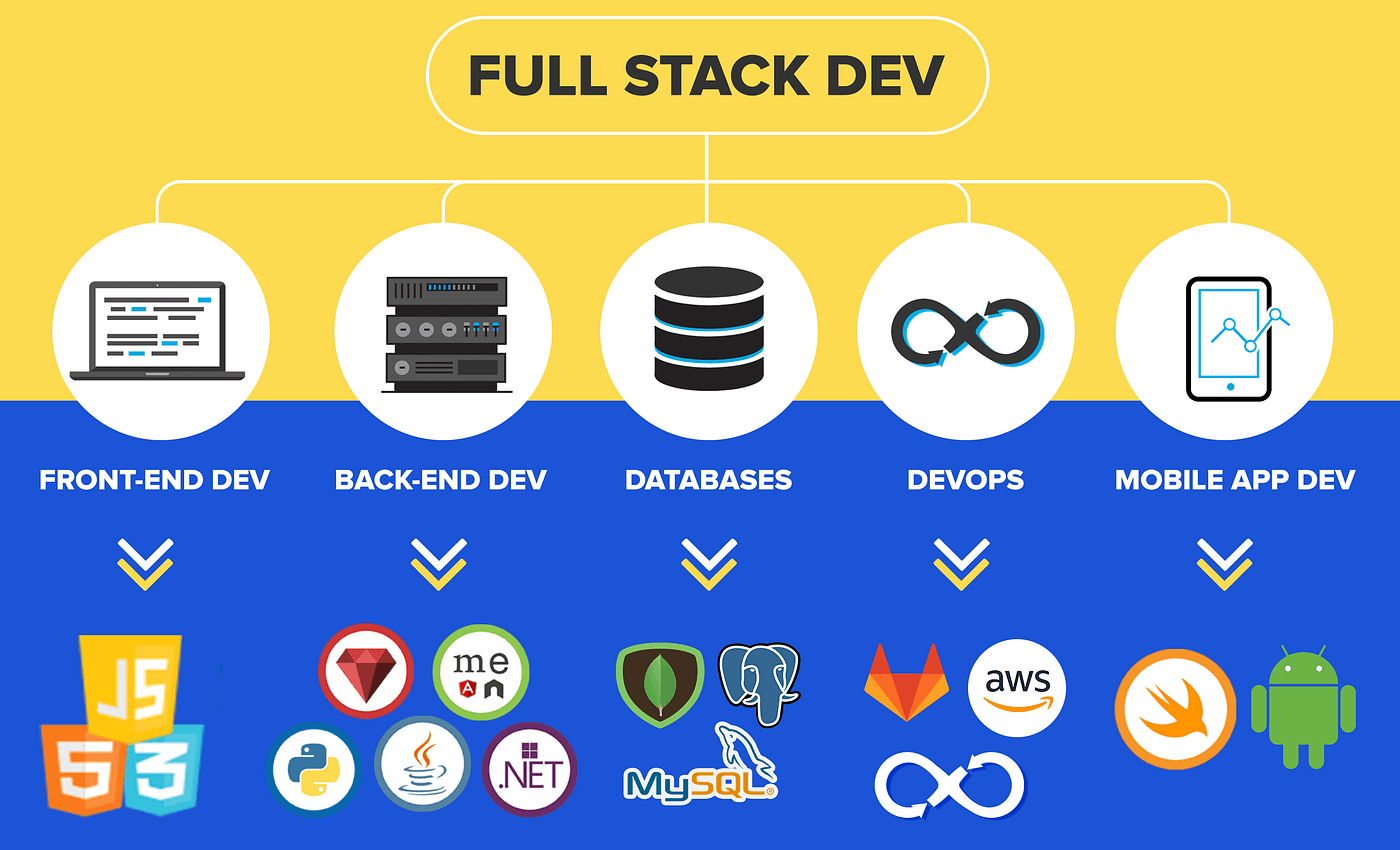
Full-Stack Development
Definition:
Full-Stack Development involves working on both the frontend and backend of a web application. Full-stack developers have a broad understanding of the entire development stack.
Advantages
- Versatility: Full-stack developers can work on various aspects of a project, from user interfaces to server-side logic.
- Efficient Collaboration: Full-stack developers can bridge the gap between frontend and backend teams, fostering efficient collaboration.
Challenges
- Depth of Expertise: Full-stack developers may not have the same depth of expertise as specialists in frontend or backend development.
- Constant Learning: Keeping up with advancements in both frontend and backend technologies requires continuous learning.

Headless CMS
Definition:
Headless CMS is a content management system that focuses solely on content creation and storage. It decouples the content management backend from the frontend presentation layer.
Advantages
- Flexibility: Content can be delivered to various platforms and devices without being tied to a specific frontend.
- Improved Performance: Decoupling the CMS from the frontend can lead to improved performance, especially in Jamstack architectures.
Challenges
- Learning Curve: Adopting a headless CMS may involve a learning curve for development teams accustomed to traditional CMS systems.
- Integration Complexity: Continuous integration and deployment with a headless CMS that has various frontend technologies can be challenging.

Conclusion
Web development paradigms are incredibly diverse, providing developers with a vast array of options to expertly architect and skillfully construct web applications that align with their unique and specific needs.
Every paradigm brings with it a distinctive set of benefits and obstacles, and the selection of the most suitable paradigm often hinges upon a variety of factors, including the project's particular requirements, the need for scalability, and the expertise of the development team involved.
It is absolutely critical for developers to remain constantly updated and well-versed in the ever-evolving world of paradigms and best practice standards (and yes, even trends) in order to make well-informed decisions and fashion contemporary, highly efficient, and effortlessly scalable web applications that are sure to leave a lasting impression.




